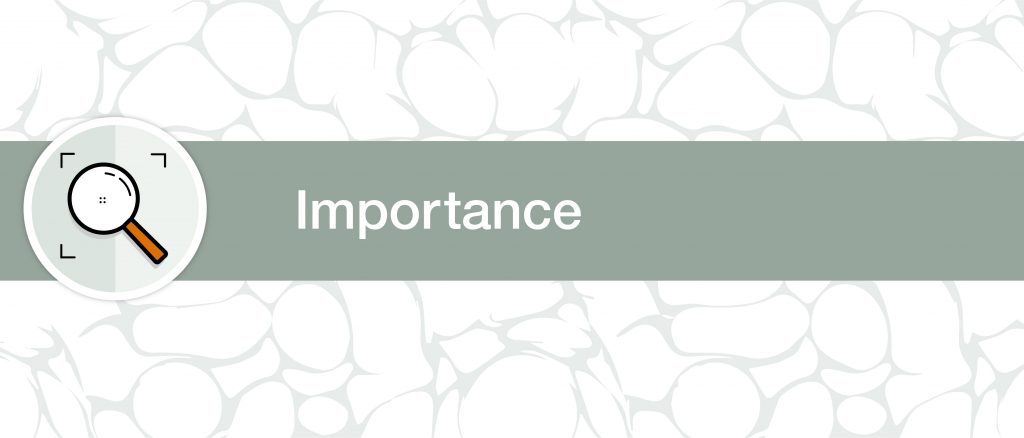
Fast, Ongoing Change
The speed and radical nature of change that we are now faced with frequently challenges the relevancy, accuracy and value of the information, knowledge and know-how that we depend on.
“In a time of drastic change it is the learners who inherit the future. The learned usually find themselves equipped to live in a world that no longer exists.”
Eric Hoffer
This means that our reference points and context are often changing making it difficult to locate ourselves on an ongoing basis. For example, understanding what is still important as things quickly evolve.
In the past ‘change’ was seldom seen as an ongoing discipline in its own right, it was more blocks of ‘doing’ with time bound projects. This approach is less relevant when faced with fast, on-going change that makes it critical to develop an over-arching, ongoing environment or approach to change that pulls the whole together.
All organizations change – some faster than others. This means that an organization’s approach to change cannot be taken for granted. Its models, tools and practices need ways of working that allow them to be looked after, adjusted and nurtured as circumstances and ongoing change require.
Therefore, it is important for organizations to develop and maintain a culture that can accommodate ongoing change and the changing nature of the workplace.

Increased Interdepenency & Complexity
It is no longer okay in this volatile, uncertain, complex and ambiguous (VUCA) world to make decisions that do not take a holistic, ongoing approach to change.
“People are more dynamic and ever-changing than guitar cables or violins, yet we have been trained to cherish the idea of the independent, isolated individual. Then we experience a catastrophe – pollution, climate change, terrorism, war – and suddenly we discover that human beings need each other. The idea of the independent, isolated individual is encapsulated in the nineteenth-century image of the composer, artist, or author sitting along and creating works of genius from nothing. This image feeds right into the idea of music history as masterpieces hanging from the clothesline of time – an image that is obsolete and has never fit the realities of natural history.”
S. Nachmanovitch, The Art of Is, p108-9
There are numerous dependencies and interdependencies in the workplace that affect how people lead and work together – systemic constraints, and an inability to appropriately adjust to change, can hinder the most authentic organisations.
(Oasis, Workplace of Tomorrow, p6)
Change in complex systems does not stay in one context at a time. For example, a transformation of ecological patterns such as climate change, and the anxiety associated with it, will alter our socio-economic structures and community stability.
“A new approach is needed that can take into account transcontextual interdependencies that are currently being ignored.”
The Warm Data Booklet, International Bateson Institute
A key element to this is our ability to learn from nature and living systems. We need to move beyond the machine model of command and control where the workplace could be understood entirely from the properties of its parts (cause and effect of the Cartesian paradigm) to where the whole is greater than the sum of its parts. A living systems view will take into account the context, interdependencies, and complexities of an organisation to ensure a more complete and responsive approach to ongoing change.
Analysis means taking something apart in order to understand it; systems thinking means putting it into the context of a larger whole.
F. Capra and P.L. Luisi, The Systems View of Life, p66

Increased Uncertainty & Ambiguity
We have always faced uncertainty and ambiguity. However, in the past our dependency on a mechanistic view has often covered over or ignored the fact that we can’t actually control our individual and organisational worlds.
“We can never fully understand our world, not in the way our reductionistic science has led us to expect. Our science itself, from quantum theory to the mathematics of chaos, leads us into irreducible uncertainty. For any objective other than the most trivial, we can’t optimize; we don’t even know what to optimize. We can’t keep track of everything. We can’t find a proper, sustainable relationship to nature, each other, or the institutions we create, if we try to do it from the role of omniscient conqueror.
We can’t control systems or figure them out. But we can dance with them!”
Donella Meadows, Dancing With Systems, p2

So in the face of the ‘certainty of uncertainty’, it is the dance that allows us to find the continually changing balance in the paradoxes* and ambiguity we encounter and the safety that we need to feel when working with an always emerging and changing world. This is not a new revelation. Even in the business world over 30 years ago, Tom Peters says…
The winners of tomorrow will deal proactively with chaos, will look at the chaos per se as the source of market advantage, not as a problem to be got around. Chaos and uncertainty are (will be) market opportunities for the wise; capitalizing on fleeting market anomalies will be the successful business’s greatest accomplishment.
T. Peters, Thriving on Chaos, 1987, p.xii
*The booklet produced by Oasis in 2017 called Seven Principals to Shape the Workplace of Tomorrow provides an excellent summary of 13 paradoxes that we may face in our work.
